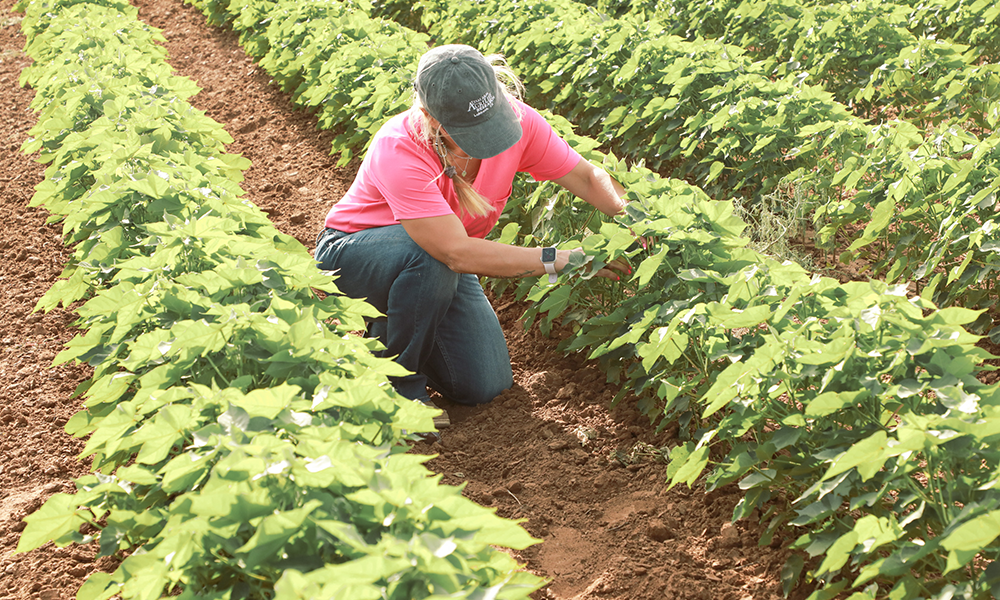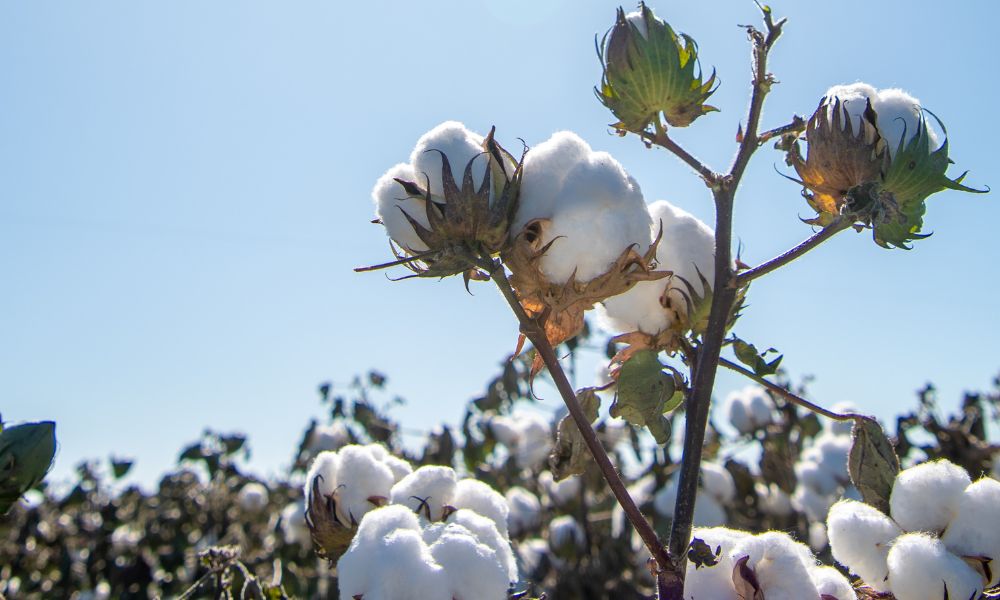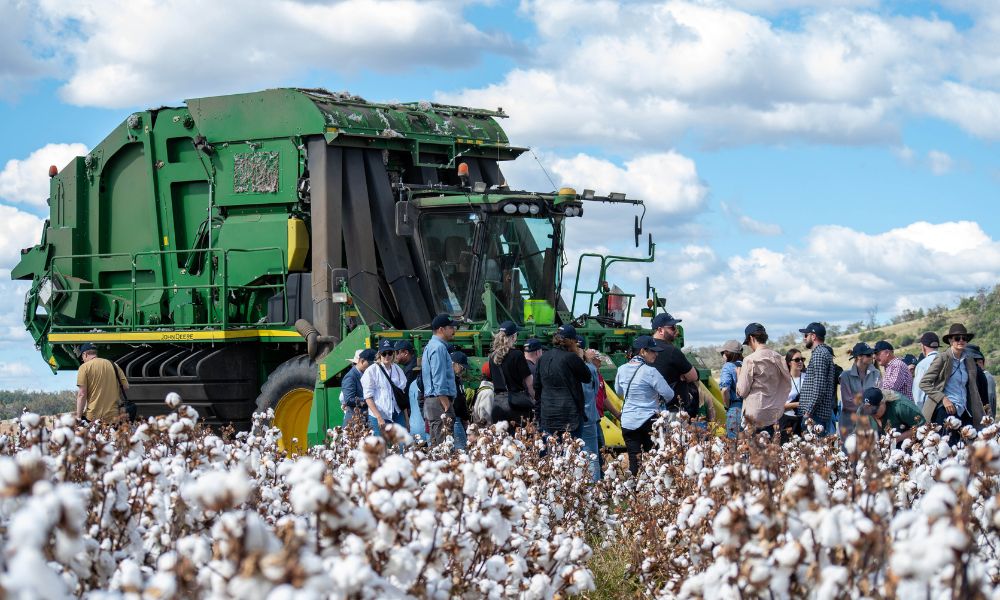12 Ways That Cotton Is Making the World Better
September 30, 2021
Celebrating World Cotton Day, 2021
In the last 35 years, U.S. cotton has made staggering gains in its sustainability practices. Below, we outline 3 major ways that cotton has become more sustainable since the 1980s, and 6 ways we plan to become even better by 2025.
Cotton’s 3 Biggest Sustainability Strides in the Last 35 Years
Cotton’s water efficiency increased by almost 82% since the 1980s (Field to Market, 2016) Modern agricultural practices mean that cotton is not a water intense crop. Cotton has been bred to be drought tolerant, and only 4% of the U.S. cotton harvested acres in 2008 required irrigation to grow (USDA, 2010). The vast majority of cotton irrigation simply improves crop yields, maximizing land-use and water efficiency simultaneously. In fact, 60% of U.S. cotton and 50% of world cotton is grown using only rainfall.
Cotton requires 31% less land than it did in 1980 (Field to Market, 2016) U.S. cotton yields have doubled over the last three decades, even as farmers are planting less land. Soil health and technological advances are a huge part of this land efficiency: Improved tilling practices and cover crops return nutrients to the soil, while precision agriculture helps growers apply fertilizer and pesticides more efficiently, reducing chemical runoff and soil loss.
U.S. cotton has reduced greenhouse gas emissions 30% since 1980 (Field to Market, 2016) Conservation tillage contributes substantially to soil carbon capture, as much as 400 pounds of carbon per acre per year (Causarano et al., 2006). In fact, an acre of no-till cotton actually stores 350 pounds more atmospheric carbon than is emitted during its production. Sensors, drones and sophisticated mapping tools also help growers to measure and distribute synthetic fertilizer, with about 90% efficiency in nitrogen use (USDA-NASS, 2016).
Cotton’s 6 Sustainability Goals for 2025
The U.S. cotton industry has set 6 key sustainability goals to achieve by 2025:- Increase soil carbon by 30%
- Increase land use efficiency by 13%
- Decrease greenhouse gas emissions by 39%
- Decrease soil loss per acre by 50%
- Decrease water use by 18%
- Decrease energy use by 15%
3 Ways That Cotton Impacts the Global Community
Cotton also touches the lives of people the world over far beyond its environmental impact.
- Approximately half of all textiles are made from cotton.
- It’s the most widespread, profitable non-food crop in the world, and cotton production provides income for more than 250 million people, accounting for almost 7% of labor in developing countries.
- Cotton is also the only agricultural commodity that provides both fiber and food, since cottonseed can be used for cooking oil and livestock feed.
As cotton growers, manufacturers, merchants and general cotton lovers, we see every day how this fiber is woven into the fabric of the global community. It’s that knowledge that’s lead us to take our sustainability impact so seriously and make such strong commitments to improving our outcomes.
If you’d like to learn more about how cotton promotes good all over the world, register for World Cotton Day’s free seminar here.
The work we do is possible because of collaborations with researchers like these and partnerships with people all throughout the value chain. Ready to commit to sustainably produced cotton? Become a Cotton LEADS℠ partner today. Interested in doing even more? Contact us for ideas to get the most out of sustainable cotton and your partnership with Cotton LEADS.














Recent Comments